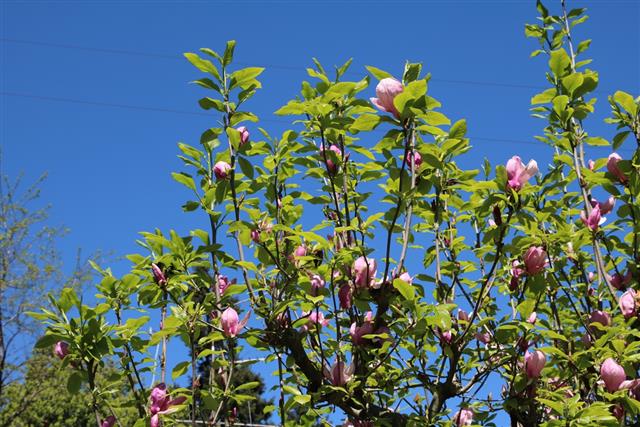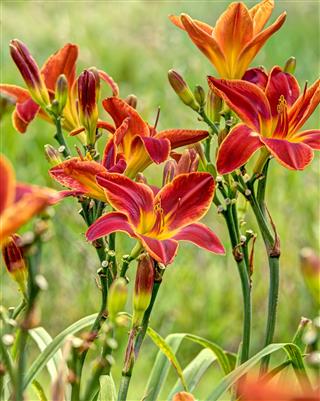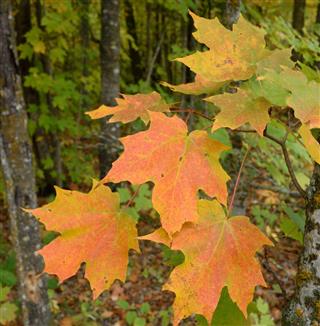
Trees have a lasting effect on the soil they grow in. Tree roots can also be damaging to the surrounding landscape. This article explains these effects.
Trees are beneficial for landscaping, shade, controlling soil erosion, fruits and flowers, and act as a home to many birds. Of all the parts of a tree, the roots are perhaps the most unappreciated, as they are unseen.
Roots
There are two types of roots: primary ones that grow deep down vertically into the soil, and secondary ones that branch out horizontally. The architecture of the root system is to absorb water and inorganic nutrients and anchor the plant to the ground.
Effects
The roots affect the soil depending on the type of the tree and the soil. They have a direct impact on all the plants grown near the tree. Normally, a healthy tree represents healthy dirt. A big tree takes up most of the water available in the ground, leaving the other plants dry. Growing as well as mowing lawn grass is another difficulty around a large tree, especially if the roots are protruding outside. The roots help control ground erosion, however in some cases they have a negative effect on the dirt by causing a phenomenon called allelopathy.
Allelopathy
Derived from two words: allelon which means of each other, and pathos which means to suffer. It refers to the chemical inhibition of one species by another, by releasing a chemical affecting the development and growth of surrounding plants. In other words, plants try to get their own space by restricting other plants from growing too close to them. Allelopathic chemical secretion is not just restricted to the roots, they are also found in branches, leaves, flowers, and fruits. The decomposed leaves and bark affect the top layer of the ground, while the roots affect the surrounding soil. The chemical curtails the root growth of other plants by inhibiting their nutrient source, thus influencing their evolution and distribution.
Juglone
It is an aromatic organic allelopathic compound occurring naturally in the roots, bark, and leaves of trees in the Juglandaceae family. It releases certain enzymes that inhibit the metabolic function, stunting the growth of many plants, and at times even killing an allelopathy intolerant plant. The quantity of Juglone released depends on the weather and soil conditions. The black walnut is the most commonly known for its allelopathic properties. When Juglone sensitive plants come within 0.5 to 0.25 inches of the roots, they turn yellow, wilt, and die. This in turn, also affects the soil.
Allelopathic Trees
Besides the black walnut, the following are trees with allelopathic properties:
- Sugar Maple
- American Sycamore
- Eucalyptus
- Cottonwood
- Black Cherry
- Red Oak
- English Walnut
- Juniper
Reducing the Effects of Allelopathy
It would not be sensible to just uproot large allelopathic trees, instead just a few precautions could be taken. A well-drained and aerated ground determines the amount of chemical accumulation and the presence of microorganisms that break down the toxic chemicals. Keeping the ground healthy by adding organic matter on a regular basis can go a long way in keeping all the plants healthy. Plants can also be grown in containers and pots around the allelopathic tree, just make sure that they get enough sunlight.
Another way of ensuring a healthy landscape is to grow a variety of allelopathic tolerant plants. Some of them are:
- Hawthorn
- Flowering dogwood
- Tulip tree
- Hydrangeas
- Hibiscus
- Daffodils
- Day Lilies
- Virginia Creeper
Every tree must be enjoyed, even if some qualities are harmful to others. It would be easy to uproot an allelopathic tree or plant, but a good gardener should find ways to grow them all together.
















